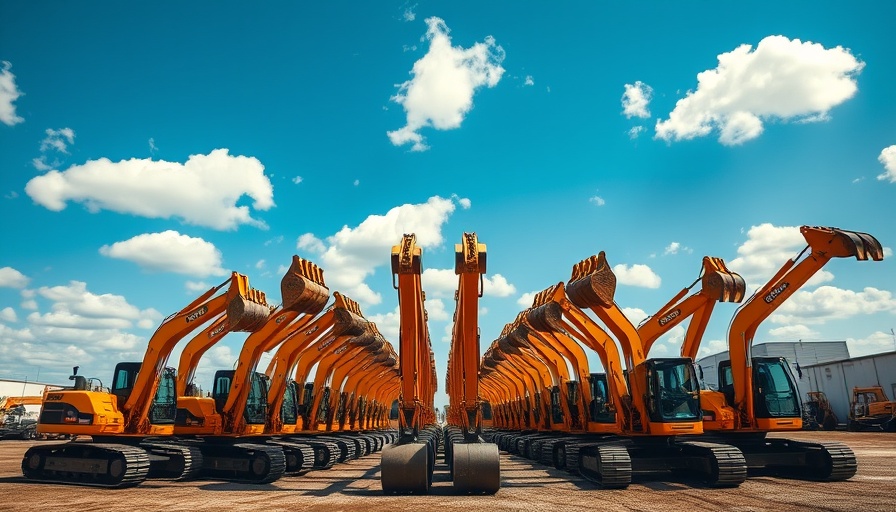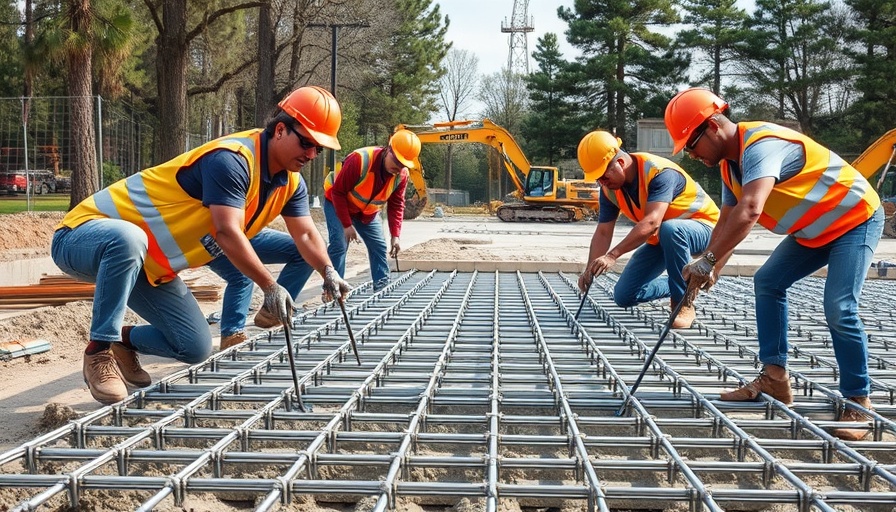
Understanding the Importance of Stricter Flood Codes
As climate change intensifies weather patterns, it has become increasingly clear that adapting our building standards is not just prudent but necessary. The recent updates to the American Society of Civil Engineers’ (ASCE) standards mark a significant shift in our approach to flood protection. The newly introduced ASCE 24-24 standards, which encompass 29 major updates since the last revision in 2014, are designed to better safeguard structures against rising flood risks.
Key Changes in ASCE 24-24 Standards
The heart of the ASCE 24-24 updates lies in the broadening of what constitutes a regulated flood hazard area. Previously limited to the 100-year floodplain, the new standards expand this definition to encompass the 500-year floodplain. This change reflects hard-earned lessons from recent devastating storms, including Hurricanes Harvey, Ida, and Ian, illustrating that communities can no longer afford to underestimate flood risks.
Elevating Our Expectations: Minimum Flood Elevation Requirements
Another essential update involves stricter elevation requirements. Buildings constructed in flood hazard areas must now meet minimum flood elevation standards based on their Flood Design Class. This nuanced approach means that different types of buildings are evaluated according to their vulnerabilities, ensuring that structures are specifically tailored to withstand potential flood conditions.
Lessons from Hurricanes: Real-World Experiences Shaping Policies
The catastrophic flooding from storms like Hurricane Harvey has profoundly affected the way we implement construction standards. Tom Little, a certified floodplain manager and a significant contributor to the ASCE 24-24 standards, reinforces that these changes are not arbitrary; they are grounded in the realities faced during such disasters. Adopting these rigorous standards can prevent future fatalities and financial losses.
Future Trends in Flood Resistance: A Collaborative Effort
The ongoing development and adaptation of flood codes like the ASCE 24-24 represent a collaborative effort to improve public safety and property resilience. As homeowners and contractors alike navigate the evolving landscape of flood regulations, understanding these new standards is crucial.
Practical Insights: Implementing New Standards in Real Life
Homeowners, contractors, and planners must actively engage with the new standards for successful implementation. Awareness and education about these regulations will foster better compliance and ultimately lead to safer buildings capable of withstanding floods. Workshops and training sessions specific to the ASCE 24-24 standards can empower those in the industry to adapt proactively.
The Emotional Impact of Flooding: Protecting Communities
At the heart of these regulations lies a greater goal: protecting people and communities against the threat of flooding. The emotional strain caused by disasters affects everyone involved, from those directly impacted to neighbors and first responders. By fortifying our buildings and infrastructure against floods, we not only preserve property but also safeguard lives, allowing communities to rebuild and recover more efficiently.
As we face the real threats posed by climate change, it is more vital than ever for stakeholders at all levels to understand, accept, and apply these updated codes. Be prepared—review your local standards and consider how they align with ASCE 24-24. Every step taken towards stricter flood resilience standards is a step towards a safer future.
 Add Row
Add Row  Add
Add 




Write A Comment